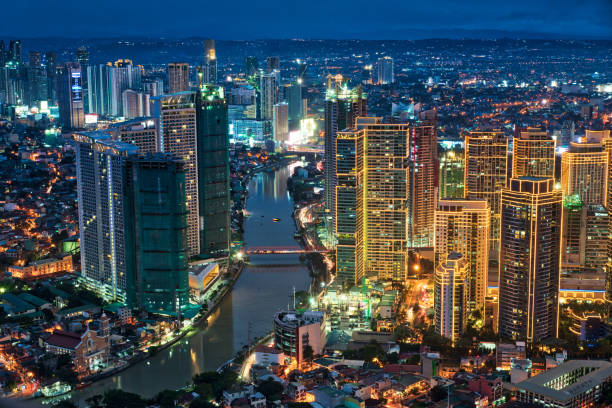According to recent figures released by the US Census Bureau, the world population has grown by 75 million people in the past year. As we enter the New Year, the global population is projected to exceed 8 billion. This growth represents a worldwide growth rate of just under 1 percent.
On a daily basis, the Census Bureau estimates that there will be 4.3 births and two deaths every second, contributing to the overall population increase. These numbers highlight the ongoing demographic changes taking place around the world.
While the global growth rate is significant, it’s worth noting that the United States has experienced a slower growth rate compared to the rest of the world. Over the past year, the US population grew by 0.53 percent, approximately half of the global figure. This translates to an addition of 1.7 million people, bringing the total population to 335.8 million on New Year’s Day.
Demographer William Frey from The Brookings Institution suggests that if the current pace continues, the 2020s could be the slowest-growing decade in US history. Projections indicate a growth rate of less than 4 percent over the ten-year period from 2020 to 2030. This is in contrast to the 7.3 percent growth rate experienced during the 1930s, the slowest-growing decade on record, which followed the Great Depression.
Frey acknowledges that there may be a slight increase in growth as we move away from the pandemic years. However, he believes that reaching a growth rate of 7.3 percent would be challenging. The current economic and social landscape, coupled with various factors such as declining birth rates and an aging population, contribute to the slower growth rate.
It is important to consider the implications of population growth on various aspects of society, including healthcare, education, and infrastructure. As the global population continues to expand, governments and organizations must address the challenges and opportunities that arise from these demographic changes.
Understanding population growth is crucial for policymakers and researchers alike. By analyzing trends and projections, we can better prepare for the future and make informed decisions that support sustainable development and the well-being of individuals and communities.
In conclusion, the world population has surpassed 8 billion people, with a growth rate of just under 1 percent. The United States, however, has experienced a slower growth rate compared to the global average. Demographic expert William Frey suggests that the 2020s may be the slowest-growing decade in US history. While there may be slight fluctuations in growth, reaching the growth rate of the 1930s seems unlikely. As we navigate the complexities of population growth, it is essential to consider the long-term implications and plan accordingly to ensure a sustainable future for all.







